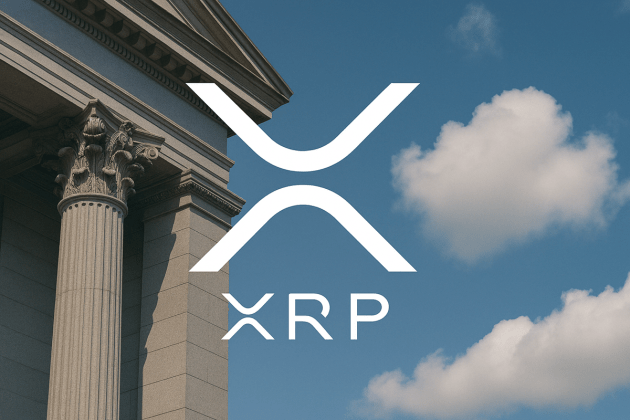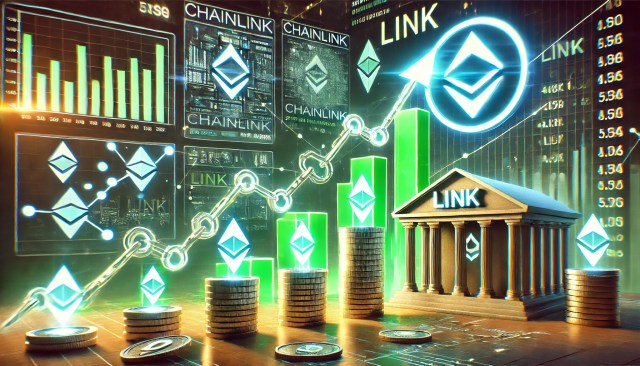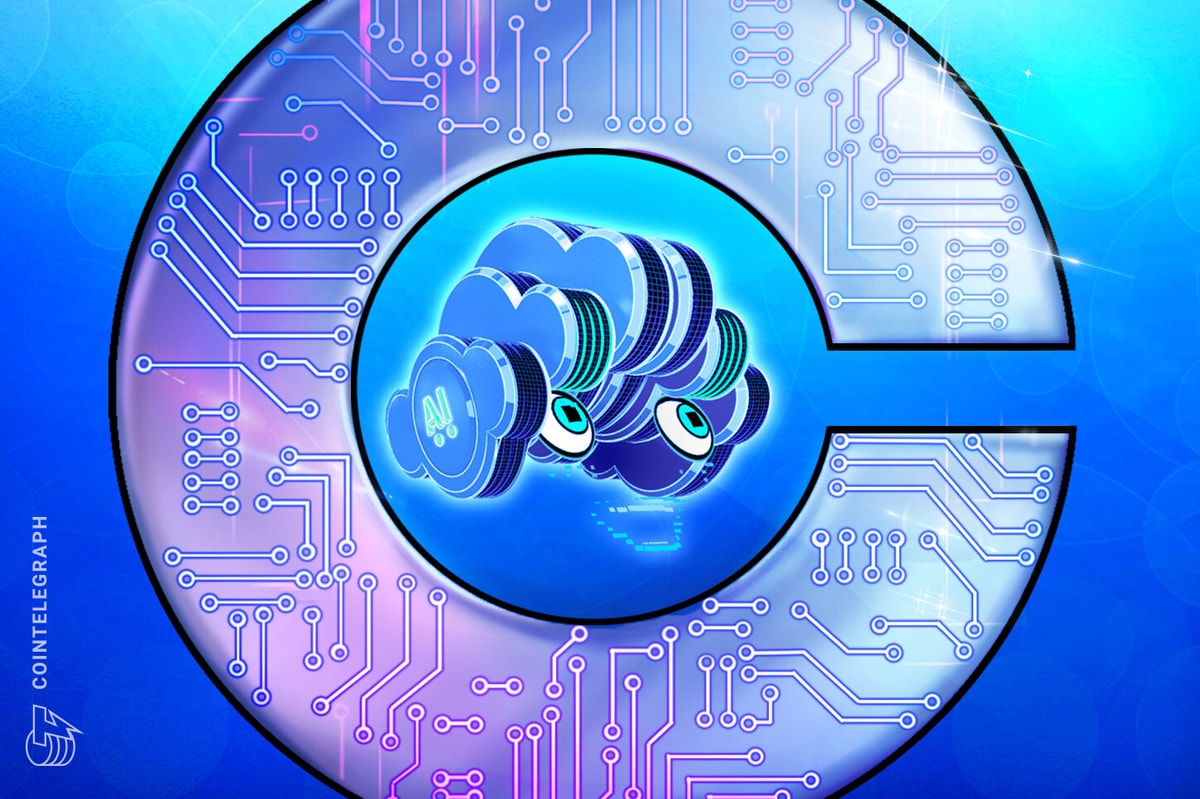Technology is transforming nearly every aspect of our lives in today’s fast-paced world, and the financial industry is no different. The Internet of Things (IoT) has emerged as a game-changer, completely transforming how we manage our finances and conduct transactions. This article delves deeply into the area of “connected finance,” examining how the IoT is redefining banking and payments, and the different IoT-enabled services influencing the future of finance.
How is the IoT used in the banking industry?
The delivery of financial services has been transformed, and client experiences have been improved due to IoT technology. For instance, smartwatches, smartphones and other IoT devices collect real-time data on consumer behavior, purchasing trends, and preferences. Thanks to this data, financial institutions can now provide individualized services like specialized financial advice and budgeting suggestions.
The IoT also makes contactless payments and biometric authentication possible, lowering the risk of fraud and boosting client confidence. Additionally, by preserving sensitive data and expediting procedures, the integration of IoT with blockchain and artificial intelligence (AI) technology improves the security and transparency of financial operations.
As a result, finance is becoming a more connected, effective, and customer-centric industry by utilizing IoT capabilities and meeting the changing expectations of consumers in this digital age.

Applications of the IoT in banking and payments
The rapid advancement of technology has brought forth a paradigm shift in the financial sector, revolutionizing how banking and financial services are delivered. Various applications of the IoT in banking and payments are discussed below:
IoT-driven smart banking: Personalized and convenient
Customers can enjoy individualized and incredibly convenient financial experiences due to smart banking, which the IoT enables. Smartphones, wearables, and even home appliances embedded with IoT technology can collect real-time data and analyze it to provide tailored financial management solutions.
Based on this information, customers can receive insights into their spending patterns, budgeting advice and investment opportunities. Additionally, consumers may make rapid payments and keep track of their accounts while on the road due to the seamless access to banking services offered by IoT-enabled devices.
For instance, mobile banking apps with IoT capabilities collect transaction data, user activity patterns and geolocation data. An analysis of this data can yield recommendations for budgeting and individualized spending insights. Customers can also avoid using physical cash or credit cards by making secure digital payments through connected wallets on their smartphones.
Enhanced security with biometric authentication
As digital payments and mobile banking gain traction, security becomes paramount. IoT-powered biometric authentication provides strong security against illegal access to financial accounts.
For instance, IoT devices can verify users using biometric sensors based on distinctive physiological characteristics like fingerprints or facial features. This adds an extra layer of security, and lowers the possibility of fraud and identity theft in online transactions.
Contactless payments: The new norm
The IoT-driven financial environment includes contactless payments as a crucial component. Customers can complete these transactions by simply tapping their IoT-enabled payment devices on compatible terminals using near-field communication (NFC) technology. NFC is a short-range wireless technology that enables contactless data exchange between devices.
For instance, contactless payment cards linked to a user’s bank account are widely adopted for fast and secure transactions. Additionally, IoT-enabled wearables like smartwatches and fitness bands can act as contactless payment terminals, enhancing the convenience and accessibility of transactions while on the go.
Embedded banking solutions and the IoT
Embedded banking solutions have become more prevalent due to the IoT’s seamless interaction with banking services. These solutions improve the client experience by immediately integrating banking operations into third-party platforms and applications.
For instance, IoT-driven payment gateways are integrated directly into the user interfaces of e-commerce platforms and online marketplaces. This streamlines the purchasing process by enabling consumers to make payments directly on the site rather than navigating to other banking gateways.
Secure transactions and the IoT
Security is a paramount concern in the financial industry, and the IoT is rising to meet the challenge. IoT devices support secure transactions through real-time data analysis and monitoring.
Smart ATMs enabled by the IoT can spot shady behaviors like card skimming or unwanted entry attempts. Financial organizations can spot potential security breaches and take quick action to reduce risks, thanks to real-time data analytics.
The future of finance: Data-driven personalization
IoT data in banking and payments gives financial firms new ways to provide consumers with individualized experiences. Banks may learn important information about consumer behavior, preferences and financial needs by analyzing data from IoT devices.
For instance, financial institutions can use IoT data to provide customers with individualized financial management advice. Personalized insights enable people to make wise financial decisions by optimizing spending, recommending investment opportunities or warning users about potential hazards.
What are the challenges associated with IoT in banking and payments?
The integration of IoT in banking and payments brings forth several challenges that demand careful consideration for successful implementation. Security is the most pressing of these challenges. IoT devices provide potential ports of entry for attackers, putting confidential financial information and transactions in danger. To guard against potential breaches, financial institutions must use strong security measures, such as encryption and authentication.
Additionally, IoT device data collection is so extensive that it raises questions regarding data privacy and General Data Protection Regulation (GDPR) compliance. Establishing explicit data collection, storage and use policies is crucial for abiding by data protection laws.
A seamless incorporation into current financial systems may also be hampered by compatibility problems caused by the interoperability of IoT devices from various manufacturers. Several difficulties must be overcome to fully utilize the financial industry’s transformational IoT potential, and ensure a safe and effective linked finance ecosystem.
The future of IoT in banking and payments
IoT in banking and payments is expected to revolutionize the financial sector and offer customers a more personalized and safe experience. Financial institutions can gain thorough insights into client behavior and preferences using advanced data analytics and AI, allowing them to customize their services and product offerings.
Smart contracts, which enable self-executing and tamper-proof agreements, will be made possible by integrating the IoT with blockchain technology, improving the security and transparency of financial transactions.
Systems for detecting fraud that the IoT drives will continuously monitor transactions in real-time, quickly spotting and stopping any fraudulent behavior. With the expansion of IoT-enabled payment devices, customers will have more freedom and comfort in managing their money. These devices range from wearables to smart home appliances. Financial institutions will prioritize cybersecurity measures to safeguard IoT devices, data and client information as the IoT ecosystem expands.











